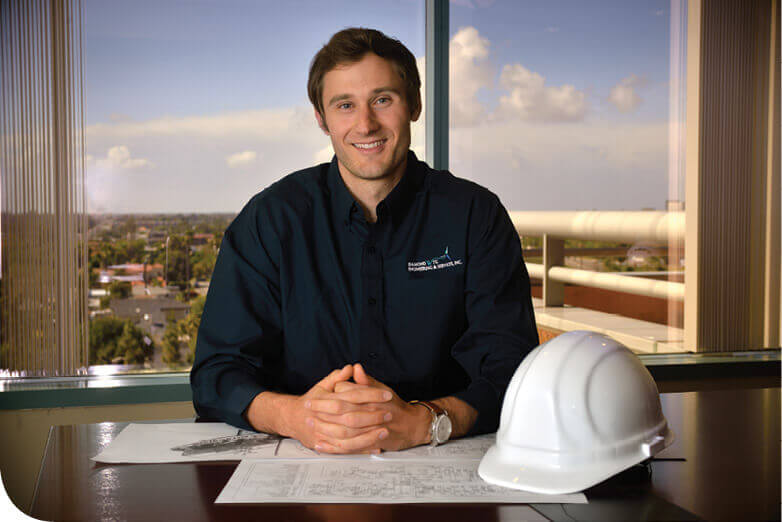Ask a wind tech: Paul Ulezko
This post originally appeared on Windpower Engineering & Development and was authored by Michelle Froese.
WIND TECHNICIANS ARE THE BACKBONE of the wind industry because they climb the towers and keep the turbines running. But where do these dedicated people come from?
In this new series, we’ll interview wind technicians to learn how they got to where they are, and their recommendations for those who would follow in their footsteps. For this first install, we spoke to Paul Ulezko with Diamond WTG Engineering and Services Inc.
Paul, what position do you hold now and what are your responsibilities?
I work as an electrical engineer for Diamond WTG Engineering and Services Inc., a group company of Mitsubishi Heavy Industries, Ltd. (MHI). As an electrical engineer, I provide technical support for Wind Turbine Electric Power Systems and work within Diamond’s Wind Turbine Group Engineering Team. My duties include grid compatibility, maintaining turbine performance on the grid, and watching for low-voltage and other transient stability issues. Diamond’s engineering team also drives electrical and power-system improvements, optimizes availability, and eliminates turbine faults. In addition, we work on new product development to enhance wind turbine functionality.
Where did you take your technical training, and how long did it last?
I received my bachelor of science degree in electrical and computer engineering from the New York Institute of Technology. I also have a Systems Engineering Certificate from the University of California, San Diego. In addition, I also receive ongoing safety training and practical training in the field. It is the company’s philosophy that one can never have enough training so that when we arrive onsite, we already have an understanding of the issue and how best to tackle it. It isn’t sufficient to just understand the functions of a wind turbine. These are complex machines, combined with the fact that you are working hundreds of feet in the air.
What was your first job in the wind industry, and how did it evolve into your position today?
My first wind industry job was designing energy storage that was used at wind farms in Europe. However, I always wanted to use that experience to take me to the next step, which is to work hands-on with these incredible machines. Every day you are challenged to expand your understanding of how motion is converted into electrical energy. It’s a constantly evolving process.
If you had the authority and budget, what would you change in the wind industry or on the wind farms you service?
Wind farms are going to get smarter. They produce a lot of data and the ability to download that information will allow my company to create more efficient turbines with far longer intervals between maintenance requirements. That means we can offer cost efficiencies which are crucial to our industry.
Lastly, what advice would you give to aspiring wind technicians?
My advice is to not let your guard down around a wind turbine. You may get comfortable with your skill in identifying and fixing a turbine but as our training will remind you, safety is first and foremost. Also, work hard to make yourself stand out, and level up technically.





